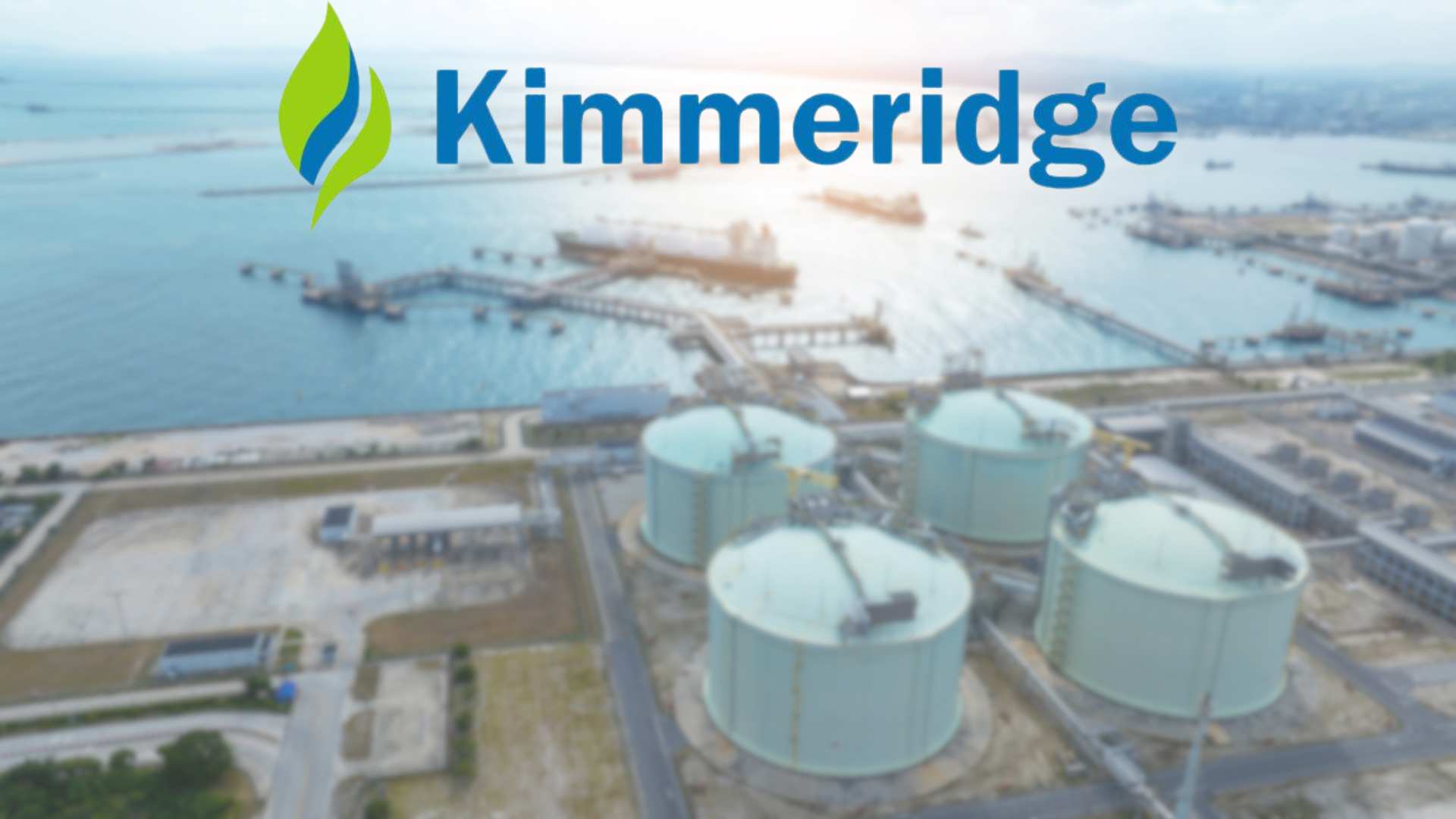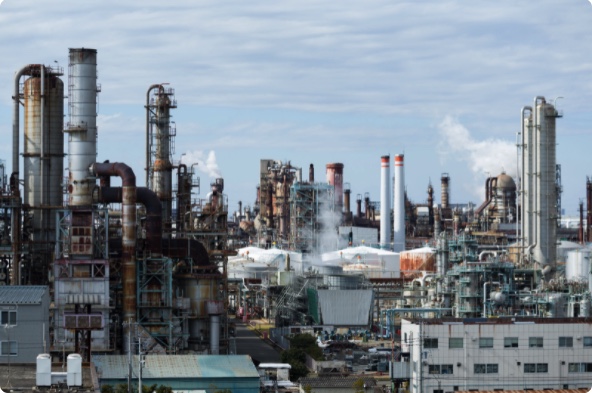
Community and environmental groups aim to halt Commonwealth LNG construction
October 21, 2024
Kimmeridge-backed Commonwealth LNG project
Community and environmental groups Sierra Club, Louisiana Bucket Brigade, and Turtle Island Restoration Network called on the coastal permits to be revoked and filed a lawsuit against the Louisiana Department of Energy and Natural Resources on August 21, 2024 in an attempt to stop the construction of the Kimmeridge-backed Commonwealth LNG facility. Anne Rolfes, director of Louisiana Bucket Brigade, stated:
“Commonwealth is a polluting disaster that would destroy fragile fishing areas and further decimate fishing families in southwest Louisiana. It should never have been permitted. We are filing suit today to shake Louisiana to its senses. On one side are out-of-state profiteers who export our natural resources and pollute us in the process. On the other are Louisiana families who want to be able to live here and catch and eat our seafood. Commonwealth would destroy our coast and our culture. It would make us more vulnerable to storms. The coastal use permit needs to be revoked.”
Commonwealth LNG Export terminal is currently in development on the Gulf Coast near Cameron, Louisiana. If the project moves forward, the terminal will consist of a 9.5 million tonnes per annum (mtpa) methane gas liquefaction facility with five storage tanks, including a 3-mile pipeline to achieve gas supply. Once fully operational, it is estimated that the facility would emit around 3.6 million metric tons of CO2 equivalent per year–equivalent to the emissions from 9.5 natural gas-fired power plants in one year,[1] and there are six other LNG export terminals in various stages of development or operating in the area.
The project obtained approval from the Federal Energy Regulatory Commission (FERC) in 2022 but is currently stalled at the next step of the regulatory approval process, a permit from the Department of Energy (DOE). Commonwealth is one of the LNG projects impacted by the White House’s temporary halt on approvals of LNG export projects–meaning the DOE is unable to issue the permit at this time. The pause is not indefinite but will remain in place until the DOE can update how it takes into consideration the impacts of new LNG terminals on the climate, the economy, and national security.
Kimmeridge fossil fuel investments contradict carbon neutral claims
Commonwealth LNG achieved a final investment decision (FID) on its 9.3 mtpa LNG export facility in August 2023, with an investment from private equity firm Kimmeridge Energy Management Company. Kimmeridge’s investment in Commonwealth was driven by the firm’s largest oil and gas fund, Kimmeridge Fund VI LP. In June 2024, Kimmeridge announced a follow-on investment in Commonwealth LNG, effectively raising the firm’s ownership stake in the project to over 90%.
In addition to its financial investment in the project, Kimmeridge will also be buying some of the gas processed on-site. The firm signed a 20-year purchase agreement deal with Commonwealth–meaning Kimmeridge will transport gas to the LNG facility from its drilling operators, purchase the LNG processed on-site, and then sell and transport it via tankers to buyers worldwide.
On its website, Kimmeridge touts that the firm is “committed to accelerating carbon neutrality by developing environmentally responsible, low-cost energy assets” but along with Commonwealth, Kimmderidge owns multiple upstream fossil fuel companies, including Civitas Resources. Civitas operates oil and gas wells across Texas and New Mexico. In June 2023, Civitas acquired another drilling operator, Tap Rock Resources, which operates in close proximity to residential communities in Eddy and Lea counties in New Mexico and has a history of major flaring incidents, which endanger human health and the environment.
Several public pension funds have committed millions of dollars to Kimmeridge’s energy funds, which fund the fossil fuel companies in the firm’s portfolio. Most notably, Canada Pension Plan (CPP) Investments committed $100 million to the massive Kimmeridge Fund VI, the largest single commitment to the fund. Some other public pension funds that have made investment commitments to Kimmeridge are the Montana Board of Investments, the San Francisco Employees Retirement System, and the San Jose Police and Fire Department Retirement System. Investors should be aware and concerned that the millions of dollars of investment capital committed by pension funds and entrusted to Kimmeridge have been tied up in an expensive and unpopular project with an uncertain future.
Private Equity is the main financial driver of U.S. LNG expansion despite uncertain LNG future
Private equity firms have been one of the U.S. LNG industry’s main financial drivers, with investments in 85% of currently operating LNG terminals and 73% of proposed terminals, as of March 2024. PE-backed LNG terminals are also highlighted in the 2024 Private Equity Climate Risks Scorecard, which analyzed 21 private equity firms’ energy portfolios and found that their fossil fuel assets are responsible for 1.17 billion metric tons CO2 equivalent of emissions a year from LNG terminals, upstream oil and gas, and coal-fired power plants–and nearly 90 million metric tons CO2e for LNG terminals alone.
PE’s continued investment in LNG projects, despite ongoing community resistance and regulatory roadblocks, have created the potential for real financial risk for project developers and their investors. Despite the New Energy Information Administration (EIA) analysis which shows if all of the proposed LNG projects move forward to completion, North America’s LNG export capacity is on track to more than double by 2028–demand for gas growth has slowed considerably, leading to concerns about a “glut of LNG.”
While LNG is marketed as a more sustainable bridge fuel by industry groups and companies, it is methane gas, which is eighty times more potent atmospheric warmer than CO2 when measured over 20 years and may be far worse than coal.
In addition to global impacts on the climate, the negative impacts of building and operating LNG export projects are disproportionately imposed on communities of color that are over-represented in frontline communities. Research suggests a disturbing trend of locating these new and highly destructive LNG projects in predominantly Brown and Black communities.
The development of LNG facilities is incompatible with pathways to limit global temperature increase to 1.5 degrees Celsius and poses a financial risk to institutional investors. Recent studies expect global equity returns to decline by 50% by 2060 if financial funds do not align with Paris Agreement goals.
Resources
**This blog includes analysis of a dataset of private equity ownership of fossil fuel companies and assets developed jointly by researchers from Americans for Financial Reform Education Fund, Global Energy Monitor, and Private Equity Stakeholder Project.
[1]https://www.epa.gov/energy/greenhouse-gas-equivalencies-calculator#results
